Exert from Making Music Together book by Maureen Woodhams, edited by Michelle Pratt.
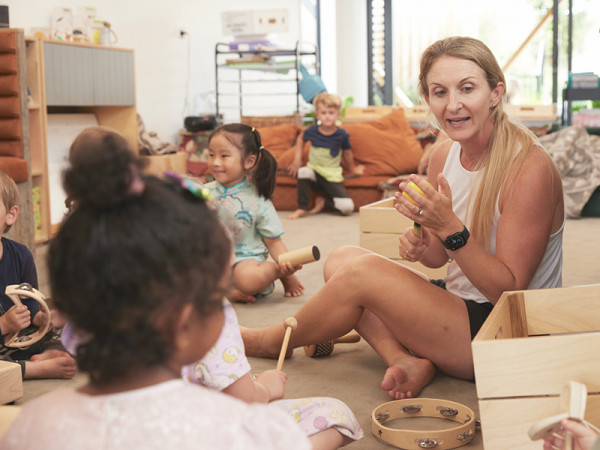
Music is an essential part of the human experience. The human heartbeat provides a rhythmic accompaniment to the whole of life: at times calm and measured, at times frantically racing. Music is intrinsically entwined with the bodies of both listener and performer, movement is a natural counterpoint to sound experience, and they are often considered together.
Music, like language, is a carrier of culture. The valued sounds and rhythms, and meanings ascribed to them differ between groups and are passed on, possibly unawares, to the next generation. In addition, cultural rituals and events, such as welcomes, greetings, and farewells, often have a musical element. Knowledge of and growing confidence in these musical traditions helps people feel a sense of belonging to their cultural group.
Music is how sound and rhythm are selected, organised, and used to experience, understand and communicate with the world and other people. But of course, this is a broad definition and does not judge which sounds people may value or use to enable meaningful communication with others.
Music forms part of the shared history and cultural knowledge of a community. Examples include the national anthem, well-known songs or greetings, advertising jingles, and instrumental themes. While not everyone shares the same memory and knowledge, there is enough overlap between people to create connections and communication.
Music is a language that we all use in some way. This does not mean that all of us are necessarily tuneful singers or able to play an instrument well, but that every person responds to or understands music to some level. The wide variety of music experiences ensures there is always some musical activity that a particular adult can share with the young children around them if they wish, regardless of their own experience and ability.
Entry into their culture’s musical tradition and practices is every child’s birthright. Music is one way of understanding, relating to, and sharing with others, and introducing children to various music experiences gives them tools to achieve this. Exposing young children to a range of experiences, including listening, singing or vocalising, playing, and moving to music allows them to observe and absorb music building their knowledge and confidence.
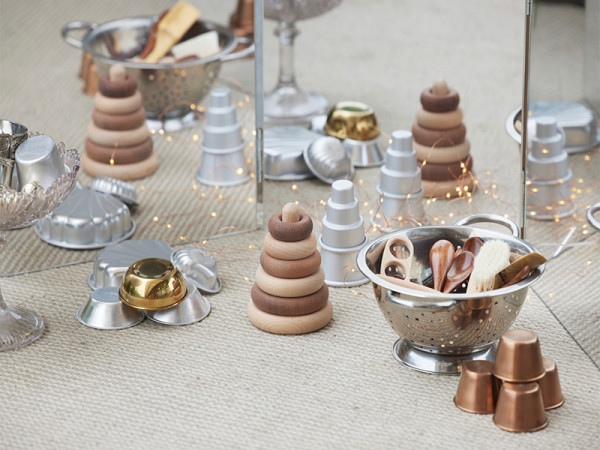
An invitation for infants to make music woven into the infant environment at New Shoots, The Lakes.
When considering what music environment and program to provide for children, it is helpful to consider the following four principles:
- Family and Community - the music that is important to the families and community should be the basis for your music program. Start with the music and songs already well known and valued, ensuring all your cultures are represented.
- Empowerment - children and adults should be actively involved in the music area and program.
- Holistic Development - The different aspects of music - listening, singing, moving, and playing - are likely to be intertwined and occur in various play and learning situations, both planned and unplanned.
- Relationships - Music and movement are a ‘language’ of reciprocal communication, which builds and deepens relationships between people.
Equipment
When thinking about equipment for a music area, consider the importance of music that can be made when you have no equipment. A vast range of tones, rhythms, volume, and expressions are explored using singing, chanting, whistling, hand clapping, finger clicking, foot-stamping, palm rubbing, lip popping, armpit ‘burping’, and any other sounds that you can make with no resources other than your body.
Musical instruments can be roughly grouped into categories, depending on the type of sounds made:
- Wood sounds (e.g., wooden slit drum)
- Metal sounds (e.g., sleigh bells)
- Skin sounds (e.g., skin drums)
- Shakers (e.g., maracas)
- String sounds (e.g., guitars)
- Wind sounds (e.g., pan pipes)
Most instruments provided for children’s use are percussion instruments from the various categories - that is, they are sounded by striking or shaking. An early childhood setting should have enough instruments for the number of children who attend, made up of a mixture of the different sound types. The instruments can be found and prepared objects, homemade instruments, or purchased instruments.
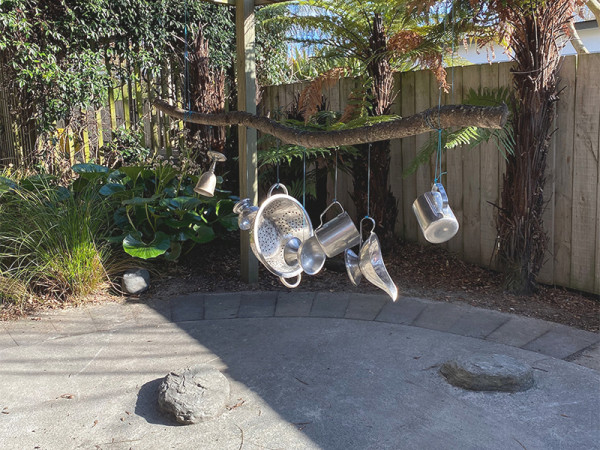
Up-cycled expressive arts in the outdoor area at New Shoots Papamoa shows that you can make instruments from various objects.
Access and display
There are many ways to display sound makers to invite children to explore. Rotating the pieces on display can help maintain interest and freshness. Placing a small collection of instruments on a mat encourages spontaneous small group playing and singing and is accessible for any crawling babies or young children.
As well as displaying a collection of sound makers, it is helpful to have images relating to music within the environment (on tablets, computers, books, displays, etc.). For example, you might display examples of musical notation, song charts, perhaps with pictures to help children ‘read’ them, and photos of children using the instruments to generate discussion.
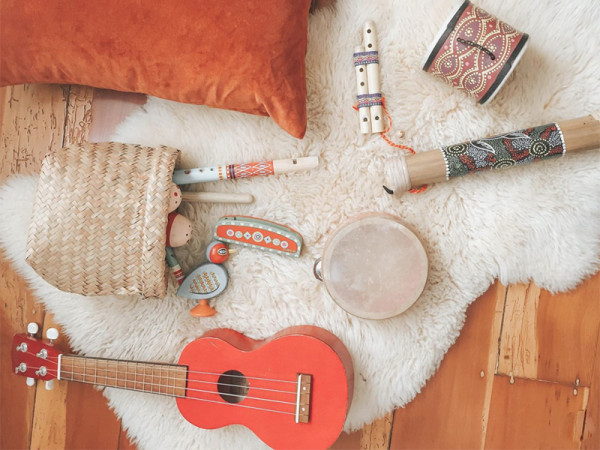
An invitation for children to make music using a range of noisemakers.
Aural environment
Think about the sound environment. If similar-sounding recordings play all the time, children will learn to ‘tune out’ music rather than listen to it. Playing recorded music can create an atmosphere of excitement, calm, welcome, or peacefulness, although educators should select it with thought. Ensure there are plenty of times of relative quiet so children can hear the sounds they make with instruments.
You can use a piece of music to herald transitions during the day, for example, the start of a music session, tidying up, or rest time. Playing music can also enhance activity in different areas of play. Painting, fingerpainting, and clay are obvious examples of smooth, jerky, or rhythmic hand and body movements, depending on the music playing.
Music is a creative art that puts many different sounds together, allowing people to have fun and be engaged. It fills our everyday lives, and we can hear it in everything that encompasses us.
Music has its origins at the beginning of history; since man walked on this earth, it has been used as a form of creativity, art, fun and entertainment. As we have become more knowledgable and science has gained momentum, and with greater understanding, we have learned that music is indeed beautiful, but other than its beauty, it offers a lot more to us as humans. Beethoven believed that music could change the world.
We now understand that music can influence and affect our bodies and minds. For example, music can reduce our blood pressure or elevate it, depending on what we listen to.
Music is contextual to our place in time. It has the incredible power to stir our emotions. There is no exact method to describe music in one word. All I know is it is possible to feel it everywhere around us, and it helps us see the good.
“The music is all around us; all you have to do is listen” - August Rush
![]()
Click the link to find our curated range of musical resources or go to our Enspire's to find ideas on how to incorporate music into your environments.
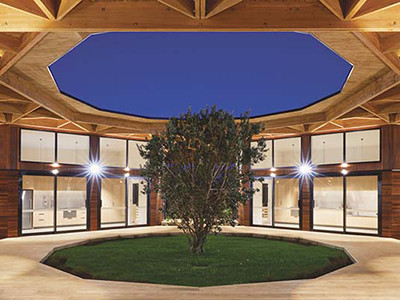
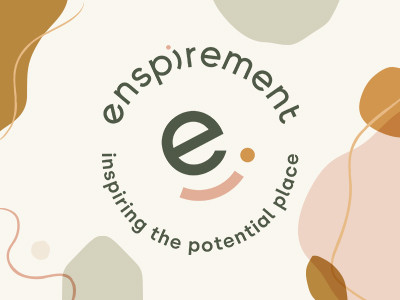
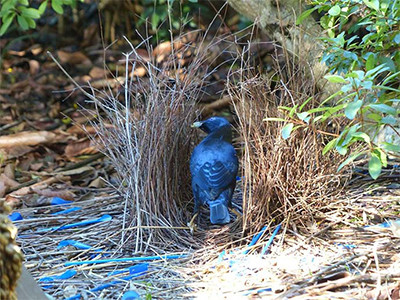
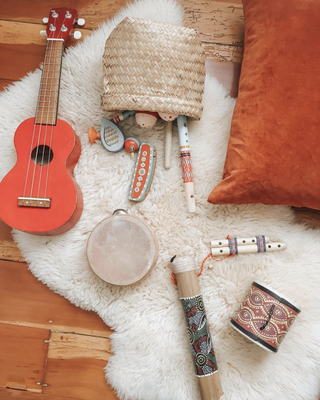
 Jade Leigh Kelly
Jade Leigh Kelly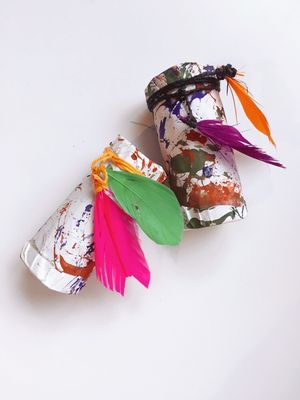
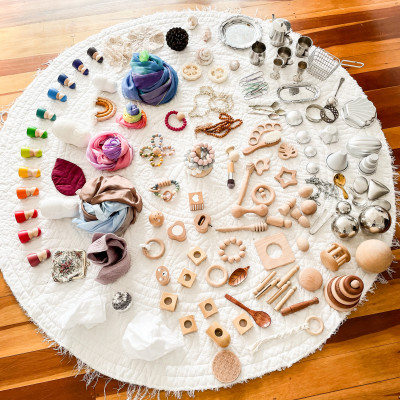
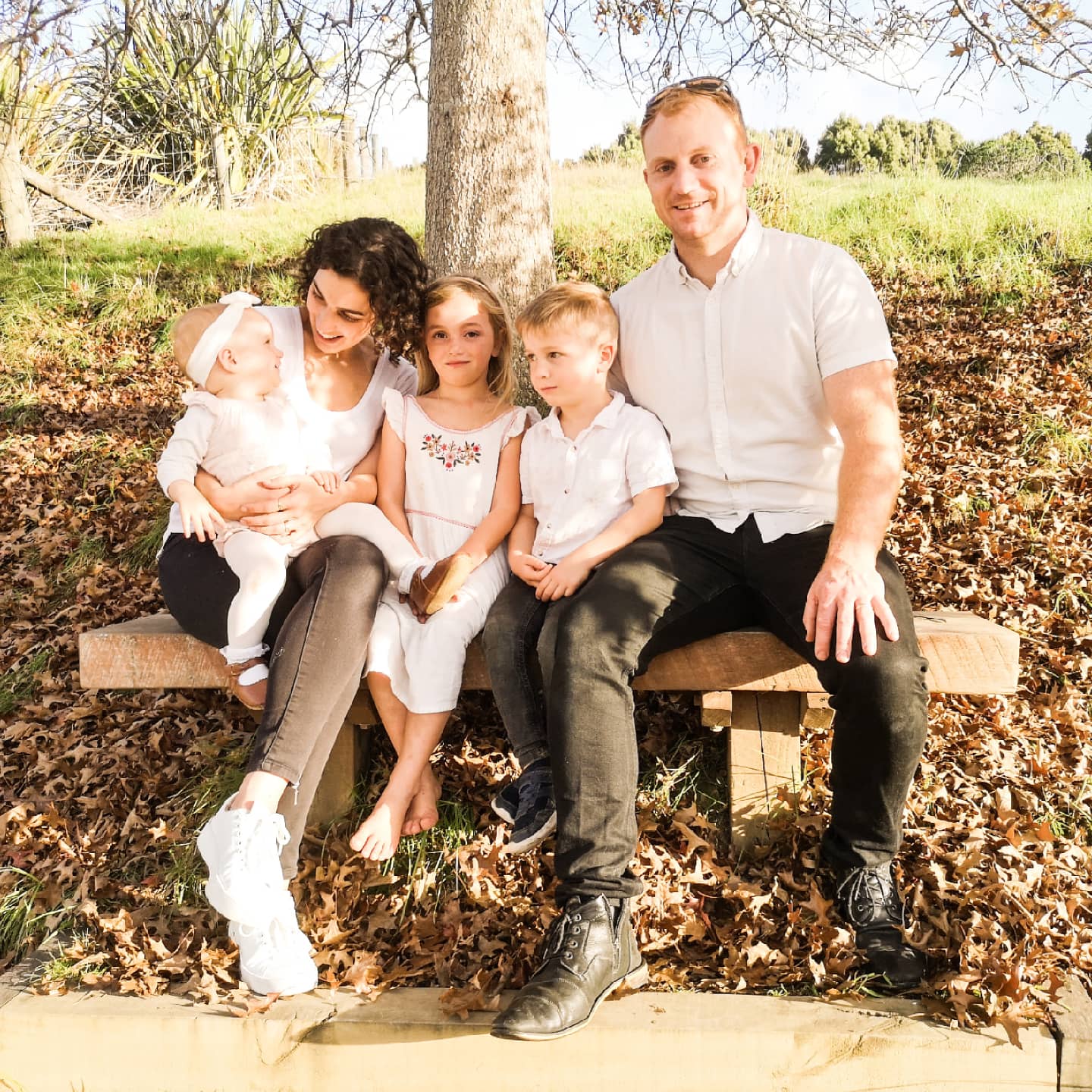 Lucie Kinzett
Lucie Kinzett